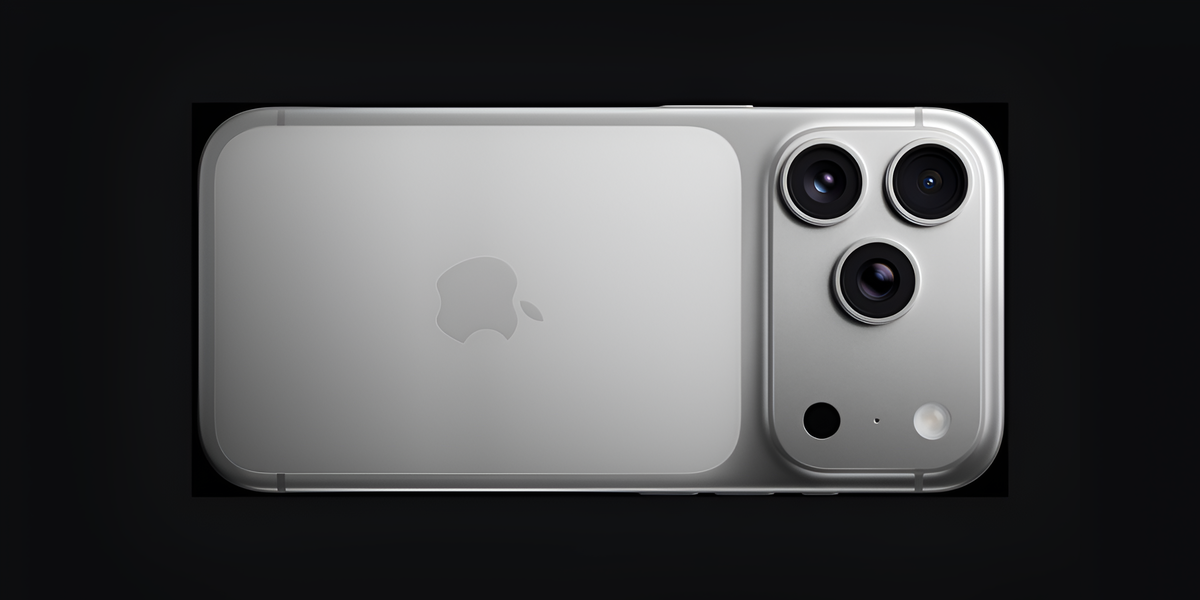We knew this would happen. And we also knew some of its characteristics. But it was only this Thursday that the German brand completely lifted the curtain on what was expected. Electric Porsche Macanrevealing all its ins and outs and, of course, the commercial offer.
This car joins the Porsche Taycan, the first and still the only electric car of the brand. The Macan will also replace the iconic combustion engine model, which will disappear from the market in the coming months to make way for this new offering.
An important factor is that the electric Porsche Macan was designed from the ground up to accommodate this type of motorization.. That is, it is not a car with an internal combustion engine adapted to electricity. This approach demonstrates Porsche’s confidence in electric solutions and also optimizes both production and the design of the vehicle itself to achieve better results both economically and on the road.

Electric car designed from the ground up
The car is based on PPE platform Volkswagen group (Premium electric platform), intended for high-end electric vehicles and different from the J1 used in the Taycan. The same platform will be used in the Audi A6 e-tron and Audi Q6 e-tron, which will appear on the market in the coming months.
The electric Porsche Macan has battery 100 kWh gross which promises more than 600 km of autonomy. It also has an 800V architecture and fast charging system (DC) up to 270 kW which promises to grow from 10 to 80% in 21 minutes. If the charging station does not support the 800V architecture, the maximum charging power drops to 135 kW (half). On alternating current, this figure drops to 11 kW.
The electric Porsche Macan, on the other hand, drive shock absorbers with PASM technology (Porsche Active Suspension Management)as well as rear axle steering optionally two technologies that promise to improve the vehicle’s comfort and maneuverability in difficult situations.


The electric Porsche Macan is full of screens
The interior of the electric Porsche Macan looks like at the mercy of screens. The only exception is the climate control, which has a dedicated button panel at the bottom of the center console. However, everything else is digital: from the instrument panel to the 12.6-inch central screen.
The brand also installs a third 10.9-inch panel in front of the co-pilot’s seat, which can be used to perform various functions, such as navigation or music controls. And, if this offer wasn’t enough, head-up display in front of the driver.
Externally, the electric Porsche Macan is different familiar design, but at the same time different from other generations. First of all, the front and rear optics stand out, inheriting part of their individuality from the Taycan. There are also obvious differences in the air intakes, the position and design of which are different since they do not have to cool the internal combustion engine.
Tires, on the other hand, They can be up to 22 inches.. And a remarkable detail: the windows do not have frames, like in Tesla cars.
On the other hand, the trunk has capacity 540 liters, to which 84 liters of front luggage space are addedsignificantly superior to previous models of the German brand.
Two versions priced from 85,382 euros to 116,914 euros.
Porsche, at least initially, plans two different versions of the electric Macan. Both have a range of more than 600 km and offer all-wheel drive thanks to two motors located on each axle.
The main differences between both versions of the electric Porsche Macan are acceleration, top speed and maximum torque, and obviously price.
| Makan 4 | Macan Turbo | |
|---|---|---|
| Maximum speed | 220km/h | 260 km/h |
| Acceleration 0-100 km/h | 5.2 seconds | 3.3 seconds |
| maximum torque | 650 Nm | 1130 Nm |
| Maximum power | 408 hp | 639 hp |
| Prices | 85,382 euros | 116,914 euros |
Source: Hiper Textual
I’m Blaine Morgan, an experienced journalist and writer with over 8 years of experience in the tech industry. My expertise lies in writing about technology news and trends, covering everything from cutting-edge gadgets to emerging software developments. I’ve written for several leading publications including Gadget Onus where I am an author.















